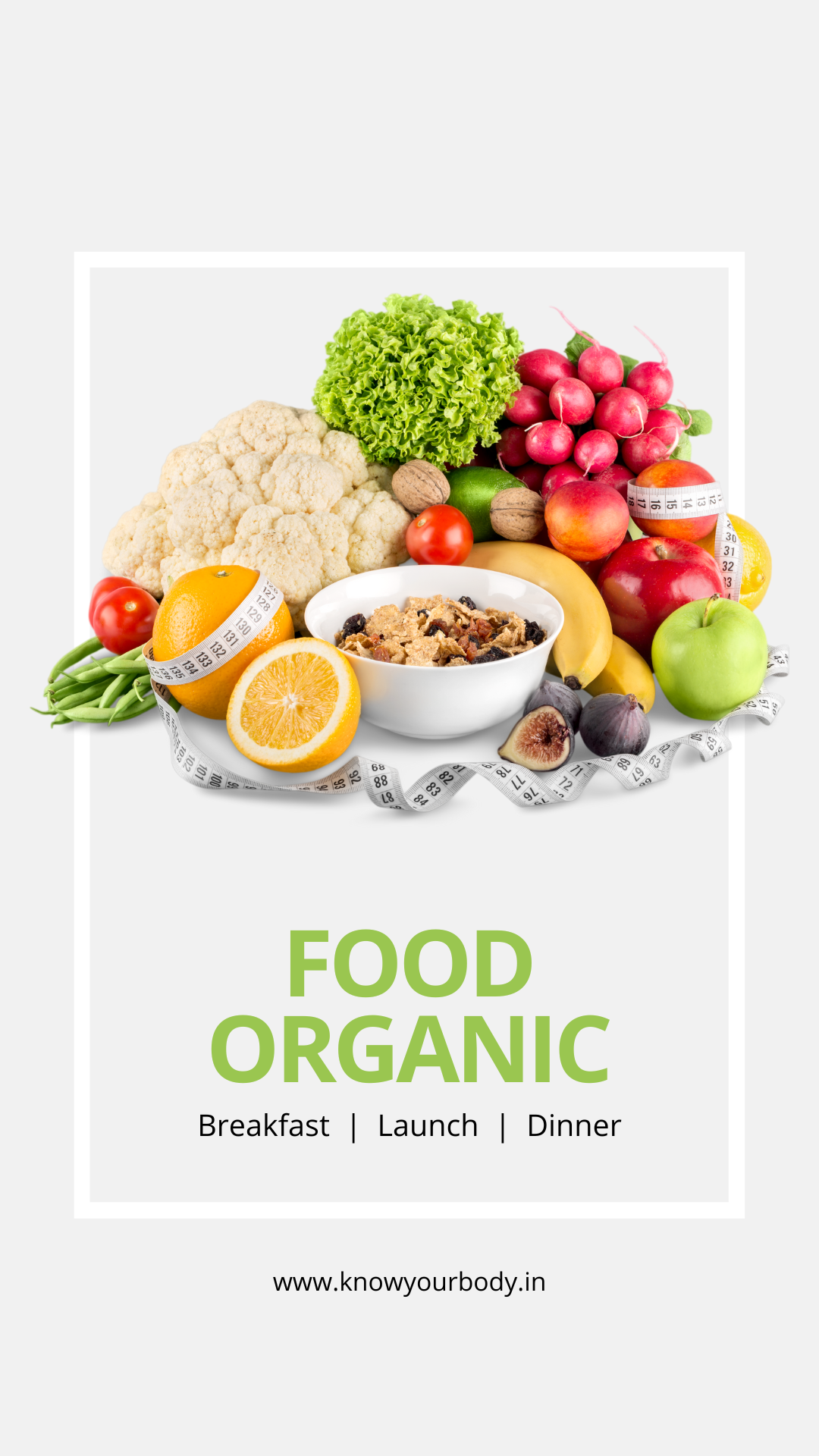In today’s health-conscious society, the demand for natural and organic products is soaring. Among these, organic food coloring stands out, offering a safer, healthier alternative to synthetic dyes. This blog delves into the vibrant world of organic food coloring, exploring its benefits, uses, and the factors contributing to the higher cost of organic foods in the U.S.

Introduction
The shift towards organic food coloring is part of a broader movement towards sustainability and health-conscious eating. Unlike synthetic food dyes, which are often derived from petroleum and other chemicals, organic colors come from natural sources, such as plants, minerals, and even insects. This transition not only reflects a commitment to personal health but also to environmental stewardship.
The Benefits of Organic Food Coloring
- Health Safety: Organic food coloring is free from synthetic chemicals and allergens commonly found in traditional dyes, making it a safer option for consumption.
- Environmental Impact: Sourcing colors from natural materials reduces the environmental footprint associated with the manufacturing and disposal of synthetic dyes.
- Nutritional Value: Some organic colors derive from fruits, vegetables, and spices, offering additional health benefits beyond their coloring properties.
Popular Sources of Organic Food Coloring
- Turmeric: Provides a bright yellow hue, perfect for cakes, icings, and savory dishes.
- Beetroot: Offers a deep red or pink, ideal for desserts and smoothies.
- Spirulina: A type of algae that gives a vibrant green color, suitable for candies and frostings.
- Annatto: Derived from the seeds of the achiote tree, it imparts a yellow to orange color, commonly used in cheeses and butter.
Why Is Organic Food More Expensive?
The question of why organic foods, including organic dyes, carry a higher price tag is multifaceted:
- Production Costs: Organic farming practices are often more labor-intensive and yield less produce than conventional methods, leading to higher costs.
- Certification Fees: Obtaining organic certification is a costly process that adds to the overall price of organic products.
- Sustainability Measures: Organic farming prioritizes environmental health, which includes using sustainable, often more expensive, methods for pest and disease control.
- Supply and Demand: The growing demand for organic products has not yet been met with a proportional increase in supply, leading to higher prices.
Using Organic Food Coloring: Tips and Tricks
- Heat Sensitivity: Some organic colors can change or fade with heat, so it’s advisable to add them towards the end of the cooking process.
- Color Intensity: Natural colors may not be as vivid as synthetic ones. Experiment with quantities to achieve the desired shade.
- Storage: Organic colors, being natural, may have a shorter shelf life. Store them in cool, dark places to preserve their vibrancy.
The Future of Organic Food Coloring
The future looks bright for organic food coloring, with advances in extraction and preservation techniques making them more accessible and varied in hue. As consumer awareness grows, so does the demand for healthier, more natural options in our food and beyond.
Conclusion
Organic food coloring represents a step towards a healthier, more sustainable approach to food production and consumption. While the cost may be higher, the benefits to personal health and the environment are compelling arguments for making the switch. As the market for organic products continues to grow, we can expect to see more innovations and a wider availability of these natural color solutions.